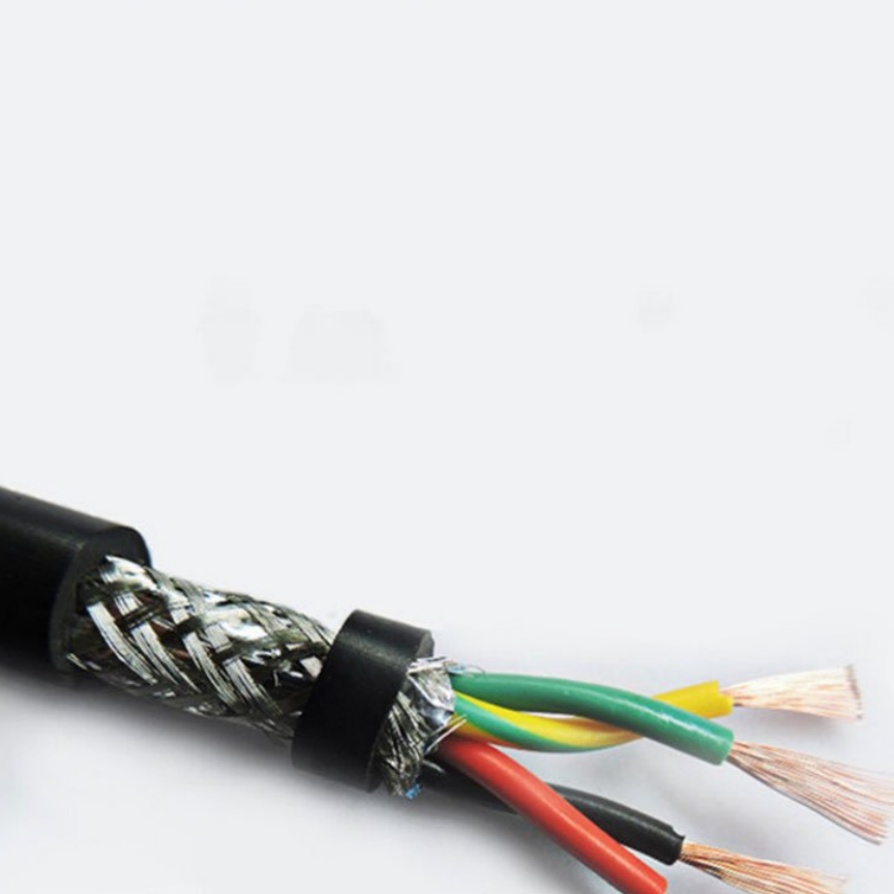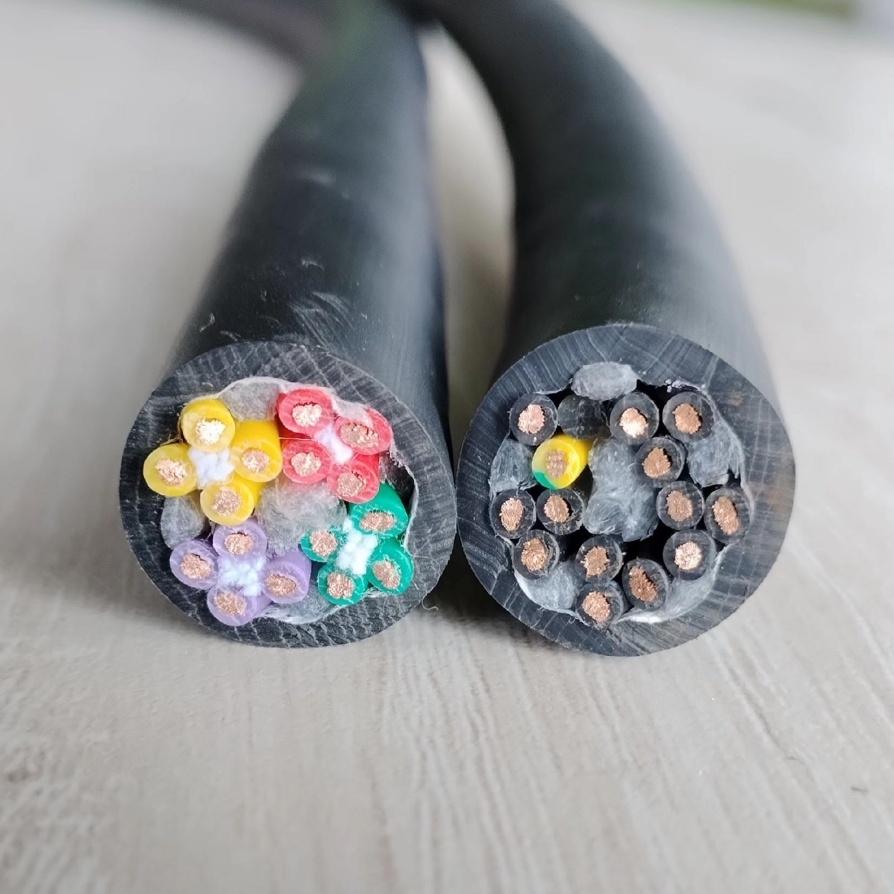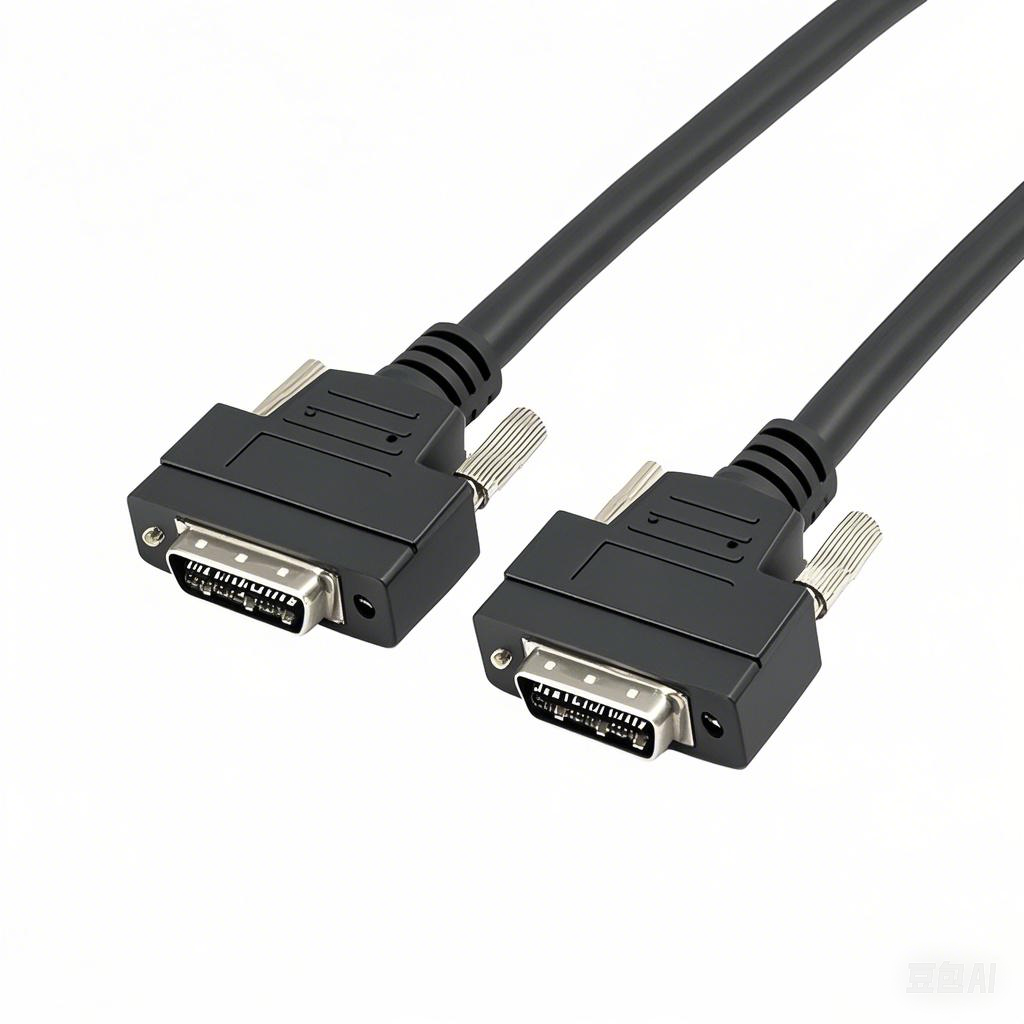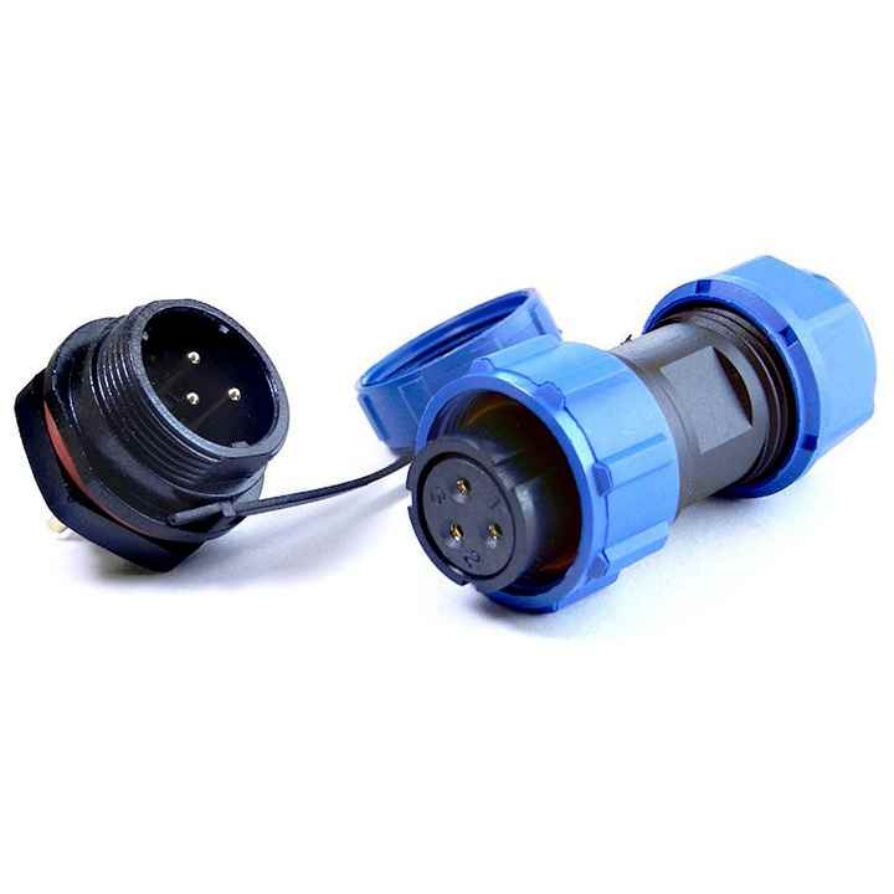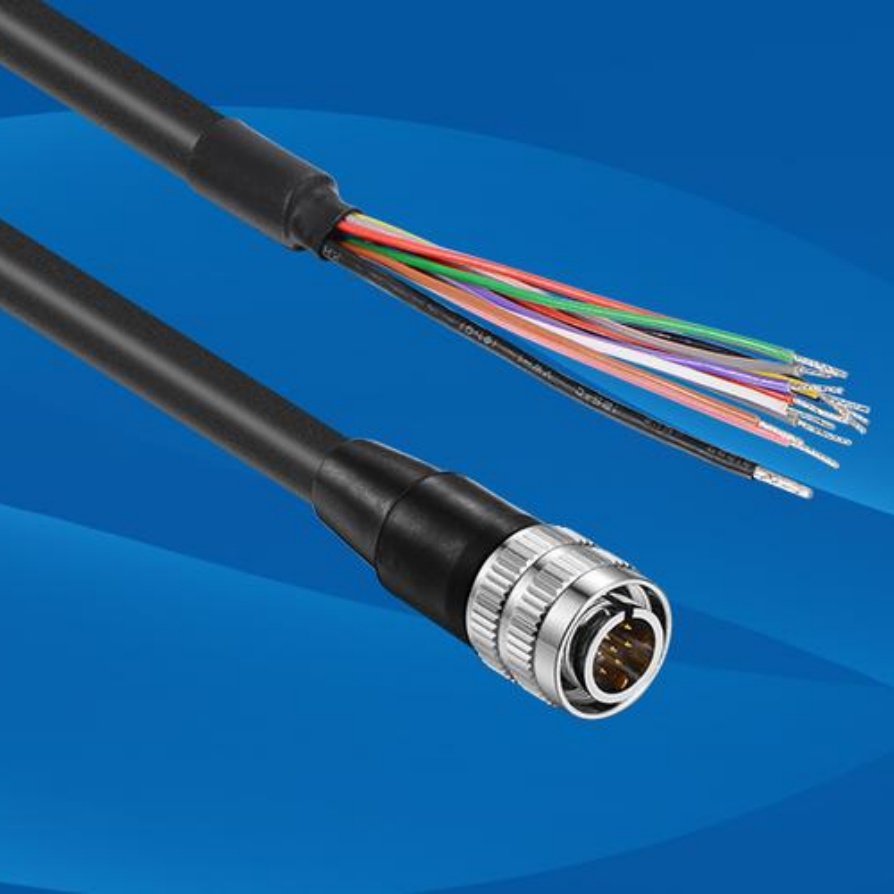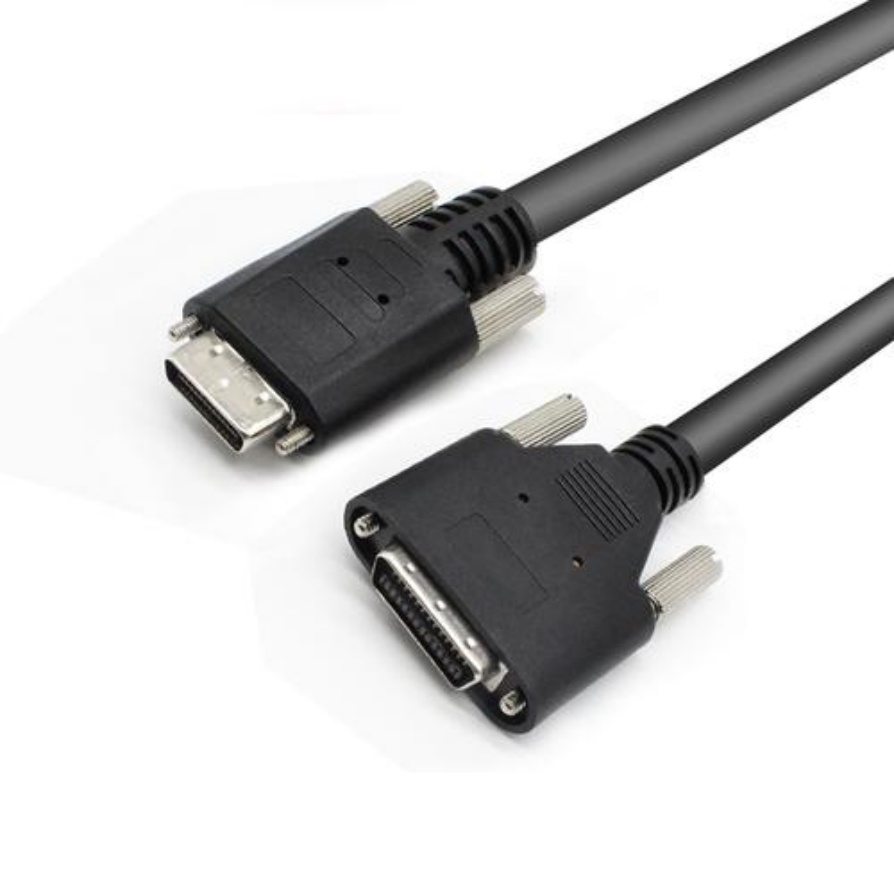Applications of Machine Vision Cables in Modern Industries
Machine vision systems have become indispensable in industrial automation, enabling precision, speed, and reliability across manufacturing processes. While cameras, sensors, and algorithms often take center stage, the role of specialized machine vision cables is equally critical. These cables ensure seamless data transmission, maintain signal integrity, and support the demanding operational environments of modern industries. Below, we explore their key applications and technical advantages.
1. Automotive Manufacturing
In automotive assembly lines, machine vision systems inspect components for dimensional accuracy, surface defects, and assembly completeness13. High-speed GigE or CoaXPress cables transmit high-resolution images from cameras to processors, enabling real-time quality control. Robust shielded cables resist electromagnetic interference (EMI) from welding robots or conveyor systems, ensuring uninterrupted data flow.
2. Packaging and Labeling
Modern packaging lines rely on vision systems to verify label placement, detect printing errors, and ensure barcode readability25. Flexible, lightweight cables with high bend radii are essential for integration with robotic arms that handle dynamic packaging tasks. Fiber-optic cables, for instance, provide low-latency transmission in high-speed bottling or food-packaging facilities.
3. Electronics and Semiconductor Production
Machine vision cables play a vital role in PCB inspection and microchip manufacturing. Miniaturized coaxial cables deliver ultra-high-resolution images for detecting soldering defects or misaligned components4. Anti-static cables prevent electrostatic discharge (ESD) in cleanroom environments, protecting sensitive electronic parts during inspection.
4. Pharmaceutical and Food Industries
In sterile environments, vision systems monitor tablet coating uniformity or check for contaminants in food products8. Hygienic cables with IP67/IP69K ratings withstand frequent washdowns and harsh chemicals, maintaining performance in FDA-regulated facilities.
Technical Advantages of Machine Vision Cables
High Bandwidth: Supports 4K/8K imaging for detailed defect detection.
Durability: Armored jackets protect against abrasion, oil, and extreme temperatures.
EMI Shielding: Prevents signal degradation in electrically noisy environments.
Modularity: Plug-and-play designs simplify maintenance and system upgrades.
Future Trends
The integration of AI-driven vision systems with Industrial IoT demands even faster data transfer rates. Emerging technologies like 10 GigE Vision and USB4 Vision cables are set to revolutionize real-time analytics in smart factories



